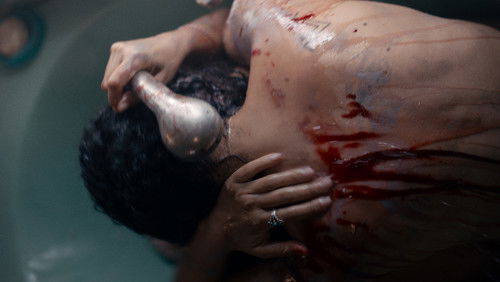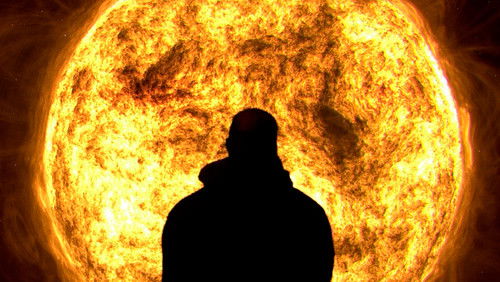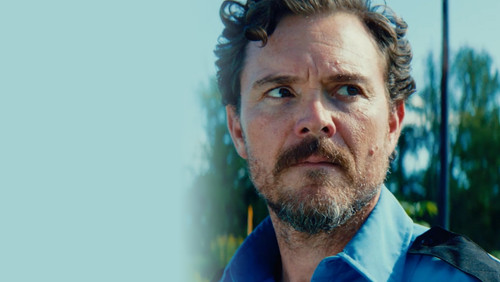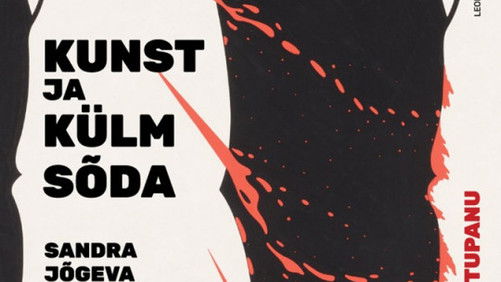A Idade da Terra (1980)
19KA Idade da Terra (1980). A Idade da Terra: Directed by Glauber Rocha. With Maurício do Valle, Jece Valadão, Antonio Pitanga, Tarcísio Meira. Four Third-World Christs try to stop the American industrialist John Brahms in Glauber Rocha's experimental film inspired by Pier Paolo Pasolini's murder.
“u0026quot;This film is a portrait of Brazil and of myselfu0026quot;, stated director Glauber Rocha about his final film u0026quot;A Idade da Terrau0026quot;, in an interview shortly before his sudden death in 1981, at 42, of pneumonia. u0026quot;Idade…u0026quot; is his grand epitaph: here youu0026#39;ll find the best and worst of Glauberu0026#39;s exuberant, allegoric, compulsive, revolutionary, verbose, ambitious and very individual style. There is no story-line: itu0026#39;s a collage of long scenes (mostly improvised) with the purpose of u0026quot;reinventing Brazilian cinematic art, in the same way Villa-Lobos did with Brazilian music, Portinari and Di Cavalcanti did with Brazilian paintingu0026quot;. Some have called it an u0026quot;anti-symphonyu0026quot;, where cinematic u0026quot;noiseu0026quot; and u0026quot;cacophonyu0026quot; would be part of a revolutionary artistic style. He was outraged by the fact that mainstream cinema still followed 19th-century literary paradigms (the predominance of dialog, narrative and plot over formal experiments) and wanted the movies to u0026quot;finally enter the 20th centuryu0026quot;, to be as ground- breaking as the modernist painting movements. Glauberu0026#39;s original project for u0026quot;Idade…u0026quot; included having the 16 reels of the film being presented at random order, at the discretion of each projectionist in each movie session, never actually put into practice (the copy we see in VHS today is in the same order he screened at the Venice Film Festival).u003cbr/u003eu003cbr/u003eu0026quot;Idade…u0026quot; had a long troubled genesis, as it began in 1978 and was only finalized two years later. Glauber was at the time a walking paradox: he was Brazilu0026#39;s most prestigious filmmaker on an international level, admired by Bertolucci, Godard and Buñuel; he had revolutionized Brazilian cinema at 24 y.old with his 2nd feature u0026quot;Deus e o Diabo na Terra do Solu0026quot; (1964) becoming the leader of the Brazilian New Wave (u0026quot;Cinema Novou0026quot;), creating a whole new aesthetics for third- world cinema, consolidated in his famous manifesto u0026quot;Estética da Fomeu0026quot; (The Hunger Aesthetics). He had won two big prizes at Cannes (best director in 1969 for u0026quot;Antonio das Mortesu0026quot;, and the Jury Prize for his 1977 iconoclast short u0026quot;Di Cavalcantiu0026quot;). And yet, by 1978 he was completely broke: he couldnu0026#39;t get financing, as his films were highly controversial and commercially unsuccessful. By then, he was in the habit of verbally attacking film critics and powerful media corporations, which didnu0026#39;t help matters. He was also living a private hell, as he — a militant leftist — was shunned by a league of important artists and intellectuals for expressing u0026quot;sympathyu0026quot; for the military regime in a 1975 controversial interview, as well as for hailing the new Pope (John Paul II), and was thought to be mentally disturbed. Still, he managed to raise enough money to buy a good amount of film stock and began shooting frantically with a shoe-string budget (he filmed a total of 36 hours, which he reluctantly reduced to the final version of 140 minutes). u003cbr/u003eu003cbr/u003eUrgency is the key word here: itu0026#39;s as if he prophetically sensed this would be his last film. Glauber points his intellectual machine-gun at a multitude of themes: capitalism, militarism, imperialism, revolutionarism, Marxism, racism, sexism, religion and religious myths, pollution, the bourgeoisie, politicians, etc. Visually, the film has tints of cinéma-vérité (in the crowd scenes), expressionism (the 15-minute opening sequence representing the massacre of native indigenous peoples) and cubism (in some sequences, ALL the takes are included one after the other). Glauberu0026#39;s idea of acting was measured in decibels: not only the actors shout all the time, but he himself yells directions off-screen at the actors with his booming voice (u0026quot;Fala mais alto, Danuza!!!u0026quot;).u003cbr/u003eu003cbr/u003eu0026quot;Idade u0026quot; is one of the last films to u0026quot;believeu0026quot; in avant-garde, experimental, uncompromising art films (as opposed to the omnipresent sense of commercialism we witness today, even from beginning filmmakers). Itu0026#39;s from the days when films with political statements and philosophical discussions were welcome and relevant, when intellectual complexity was a plus and not u0026quot;boring stuffu0026quot;. u0026quot;Idade…u0026quot; doesnu0026#39;t strive to be coherent, logical, accessible, entertaining: Glauber wants to provoke bewilderment and discomfort and he certainly succeeds. Itu0026#39;s a film of excesses: itu0026#39;s overlong, overly repetitive, overly digressive. Itu0026#39;s a loud film from a loud man who didnu0026#39;t believe in subtlety. Glauber didnu0026#39;t even bother to write down his voice-over comments in u0026quot;Idade…u0026quot;: he goes on and on ad libbing, thinking out loud in messianic speeches that are alternately lucid and maddeningly over the top. His famous inability to be succinct both in films and real life pays a price in his last film and itu0026#39;s no wonder that, by the end of the movie, we feel exhausted.u003cbr/u003eu003cbr/u003eThis is a film for audiences not afraid of experimentalism and controversy — itu0026#39;s mandatory viewing for all interested in Glauber Rocha and as perhaps the last breath of Brazilian u0026quot;Cinema Novou0026quot; movement. DO NOT watch this if you like conventional story-telling, clarity and subtlety. For the curious, open-minded, patient viewer, trust me: youu0026#39;ve never seen a film quite like this.”









